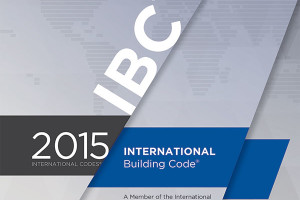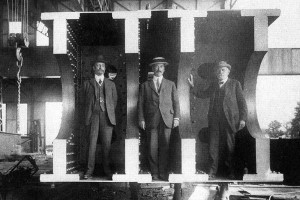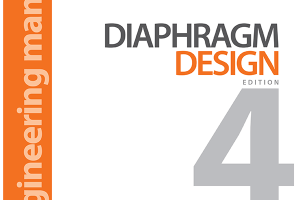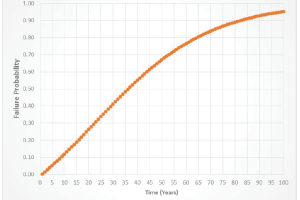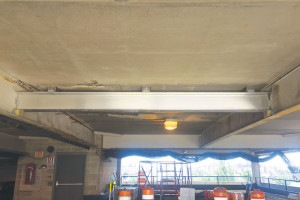This article is the conclusion of a two-part series which discusses special inspection provisions for wood construction found in Chapter 17 of the International Building Code (IBC). Although the IBC is in use or adopted in 50 states, the District of Columbia, Guam, Northern Marianas Islands, New York City, the U.S. Virgin Islands, and Puerto Rico, each state and jurisdiction may not adopt the same edition of the code and/or make amendments to the code. …
Review Category : Articles
Parts 1 and 2 of this article can be found in the December 2015 and January 2016 issues of STRUCTURE magazine.
The newly accepted design of the Quebec Bridge maintained the 1,800-foot main span with straight upper and lower chords on the anchor and cantilever spans. All of the parts, especially the lower compression chords, were much larger than the Phoenix Bridge/Cooper design. …
The Steel Deck Institute (SDI) has released the new and long awaited 4th Edition of the Diaphragm Design Manual (DDM04). This new edition complies with the requirements of the new ANSI/AISI S310-13 North American Standard for the Design of Profiled Steel Diaphragm Panels. At 408 pages, the 4th Edition is larger than its predecessor and will be an invaluable resource to structural designers. …
ACI has published three documents that will assist in selecting, designing, and specifying formwork systems for concrete structures. The first of these releases was a new document intended to provide a means of better communicating the desired formed surface finish and quality between the engineer/architect and the contractor. The most recent releases are revisions of documents that have been staples in the formwork community for years. …
The Harman Group, Inc. was an Outstanding Award Winner for The Stack project in the 2015 NCSEA Annual Excellence in Structural Engineering awards program (Category – New Buildings $10M to $30M).
As with any novel idea for construction,the key is to not be constrained by the conventional. This can be difficult for engineers. …
In two previous columns (“The Engineering Way of Thinking: The Idea,” December 2015; “The Engineering Way of Thinking: The Future,” January 2016), I discussed the idea of the engineering way of thinking (EWT) and what it might bode for the future. This column is an analysis of the EWT, performed in a manner similar to how the philosopher Ludwig Wittgenstein – who received his initial education in engineering – might have gone about it. It consists of a number of statements organized in a way that I hope will lead you to a better understanding of the EWT. …
Some time ago, one of our project engineers came to my office late in the day and asked if I had a minute to talk about something. “Sure,” I said, and he came in and quietly closed the door behind him. Now, I’ve learned that when someone wants to talk to you and then closes the door, whatever is coming is probably not good. So I took a deep breath and braced myself… …
Jon Schmidt, and the past and present editorial board, did an excellent job of building STRUCTURE magazine into a high-quality, sought-after publication. Under Jon’s leadership and the talent and commitment of the editorial board, STRUCTURE magazine has become a widely-read and well-respected publication. The profession owes Jon, those who served with him, and those who have contributed content to the magazine, our sincere appreciation. …
Historically, reinforced concrete has been thought of as very forgiving when it comes to the amount of time the material performs in service. Although there is a lot of truth to this, the environment inevitably can shorten reinforced concrete’s life expectancy, resulting in costly repairs and disruption to everyday life. …
Or, When Thin is a Not a Win-Win
Recently, Pennoni Associates was involved in the investigation and assessment of several existing parking garages constructed with precast, prestressed thin slabs. In this type of structural system, precast planks function as stay-in-place formwork and become a part of an overall composite slab once a field-cast topping is placed and the shoring is removed. …

